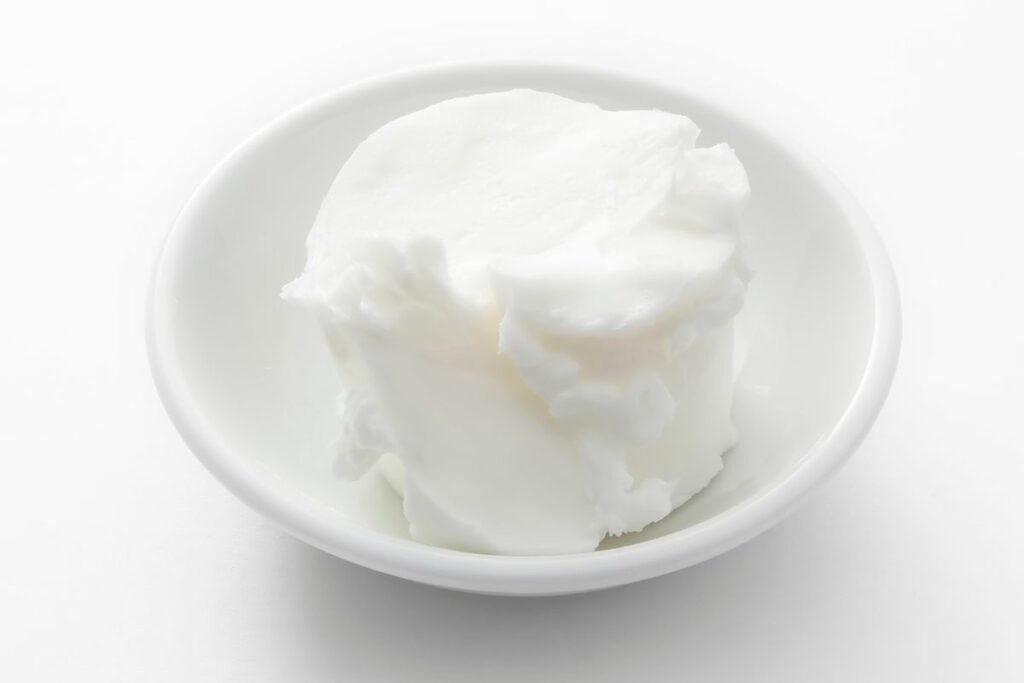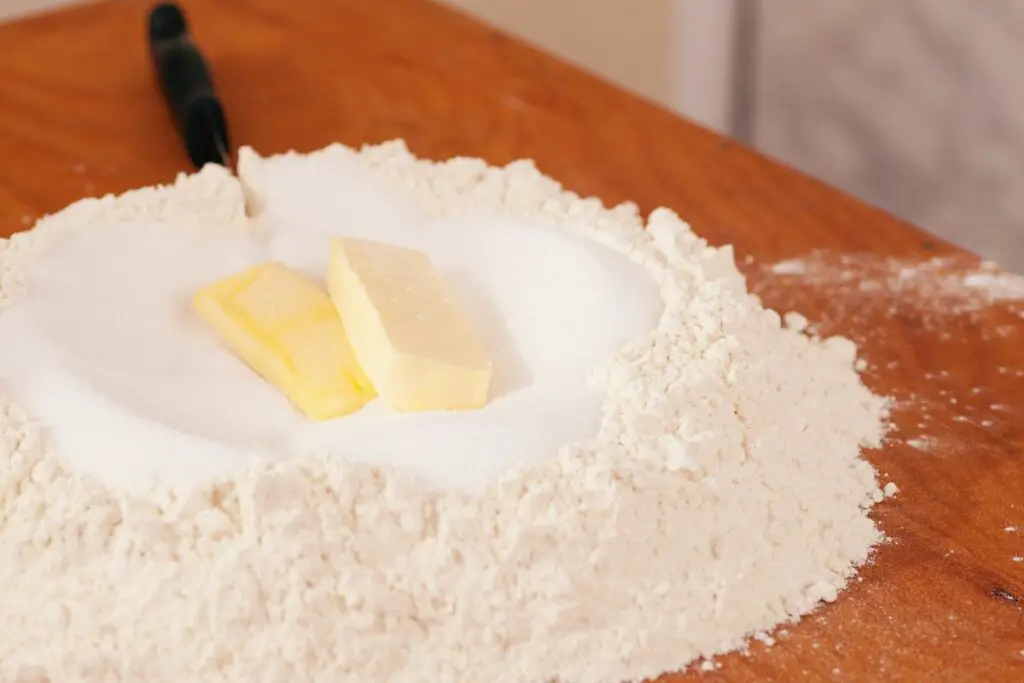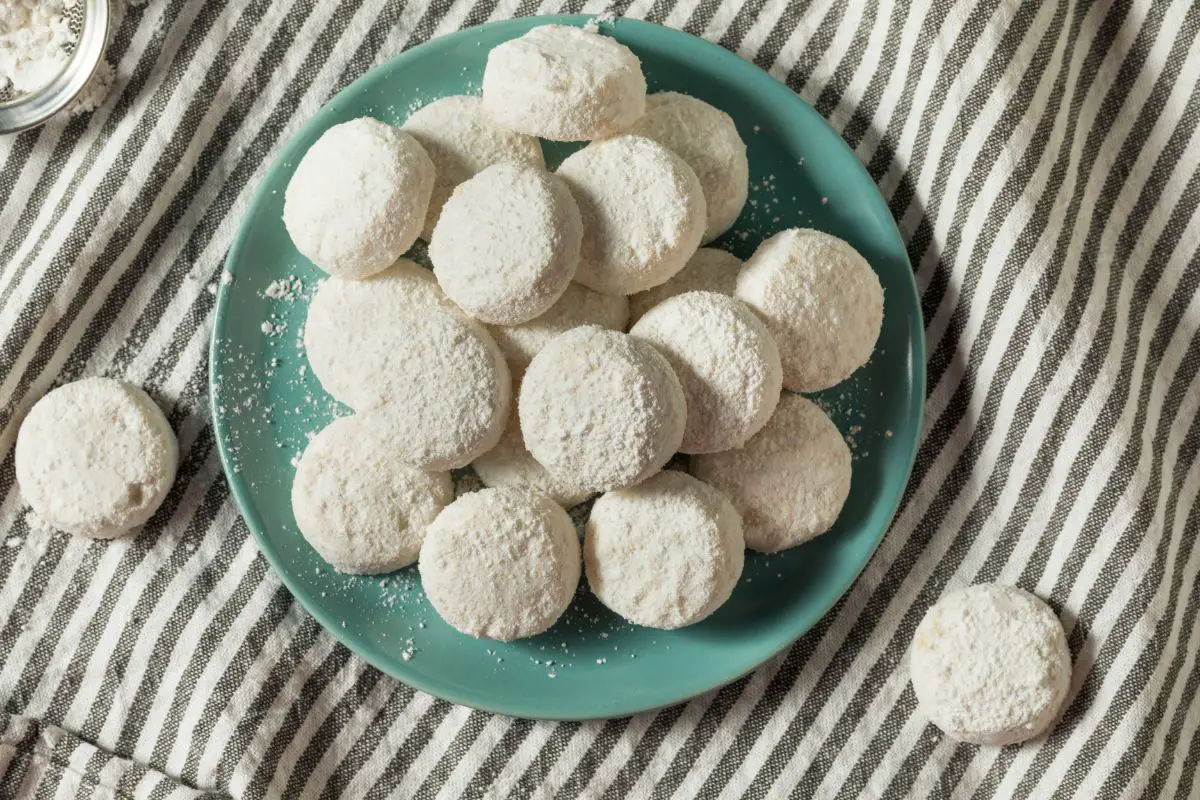If you are a keen baker, then you might be familiar with something known as “shortening”. Shortening is commonly used in the baking industry, specifically among bakers who do a lot of work with pastry.
Even if you have been baking for a while you might still not be that familiar with exactly what shortening is. You might know how it works, but you might not necessarily know what it is made of, or how it came to be.

If you want to learn more about shortening, you are in the right place. In this guide, we’re taking a look at absolutely everything that you need to know about shortening.
We’ll take a look at what it is made of, what it is used for, and what it can be substituted for too.
So, if you want to find out more about shortening, keep on reading!
What Is Shortening Made Of?
First things first, let’s take a look at what shortening is made of. Well, if you are familiar with shortening, then you will likely already be aware that shortening is a type of fat.
Simply put, shortening is any type of fat that remains solid at room temperature.
When you hear the word “fat” in this context, it can be easy to be a little grossed out by shortening. However, fat is something that is commonly used in baking, and it doesn’t only come in the form of shortening.
While shortening isn’t something that is included for the taste, it is an essential part of many bakes.
Fat isn’t used in baking to improve the flavor of whatever you are baking, instead, it is used to give the baked product its texture.
Most of the time, shortening is totally flavorless, so you will not be able to taste it in your baked goods when you eat them. But you will be very thankful that you included it when you bake something that has a perfect texture.
What Is Shortening Used For?
As we have said, shortening is a type of fat that remains solid at room temperature. This fat is commonly used in baking, particularly in pastry work, because it plays an essential role in perfecting the texture of certain baked goods.
In particular, shortening is included in bakes because it allows the finished product to have a solid yet crumbly texture. This is why it is so commonly used with pastry.
Shortening used in pastry will ensure that the finished product is completely solid while also remaining delicate and crumbly.
Basically, this means that the shortening is responsible for giving pastries their unique appearance and texture.
Working with shortening for the first time can be a little intimidating, but in reality, it isn’t actually that different from working with butter or lard.
This is mainly because shortening is super similar to both butter and lard. However, if you want to be very pedantic, shortening is still different from these two things.
With that in mind, let’s take a look at some substitutes that you could use for shortening.
What Can I Substitute For Shortening?

If you have started baking something, only to realize that you are fresh out of shortening, there is no need to panic.
While it is best to use shortening for a lot of baked goods, there are plenty of substitutes that can be used in the case of an emergency. Let’s take a look at what they are.
You have a couple of different options when it comes to substitutes for shortening, and the best substitute will ultimately depend on what you are baking.
If you are baking savory treats then different substitutes will be suitable, and the same goes for sweet treats too.
If you are baking something sweet, then we would recommend using either butter, margarine, or coconut oil as a substitute.
While they won’t work quite as well as shortening, they will still leave you with delicious treats that you have baked yourself. These substitutes are fairly flavorless, so they shouldn’t impact the flavor of your bakes at all.
In contrast, if you are baking something savory, you could use one of the substitutes we have just looked at. However, you could also use either lard or bacon grease.
Both of these substitutes have a high fat content and this allows them to be very similar to shortening. However, they do carry a somewhat savory flavor which is why we would stick to using these in savory bakes.
What Is The Difference Between Shortening And Butter?
Finally, let’s take a quick look at what the difference is between shortening and butter. As we have said, some people consider butter to be a type of shortening, but the majority of people do not.
So what is the difference between the two?
The main difference between shortening and butter is the fat content. Butter has a pretty high-fat content which is why it can be substituted for shortening.
However, the fat in this product only makes up around 80%, as butter often contains up to 16% water (and other ingredients too). So, simply put, butter is different from shortening because it contains less fat.
The best types of shortening out there will be 100% fat, and unfortunately this is something that you can only get from shortening (and not any of the substitutes).
While you can use a substitute if you need to, the reduced fat content is what will prevent these substitutes from achieving the same quality as shortening in your bakes.
Summary
In short, shortening is any type of fat that is solid when stored at room temperature. Shortening is used in baking, particularly when working with pastry to give baked goods a solid yet crumbly texture.
A lot of people get shortening mixed up with butter or lard, but these things are not the same as one another. Shortening is totally unique and will only be used when baking.
We hope the information in this guide has been helpful, thanks for reading!
- How To Make Honey Butter - July 4, 2023
- How To Make Meringue - July 3, 2023
- What Is Shortening? - July 3, 2023








